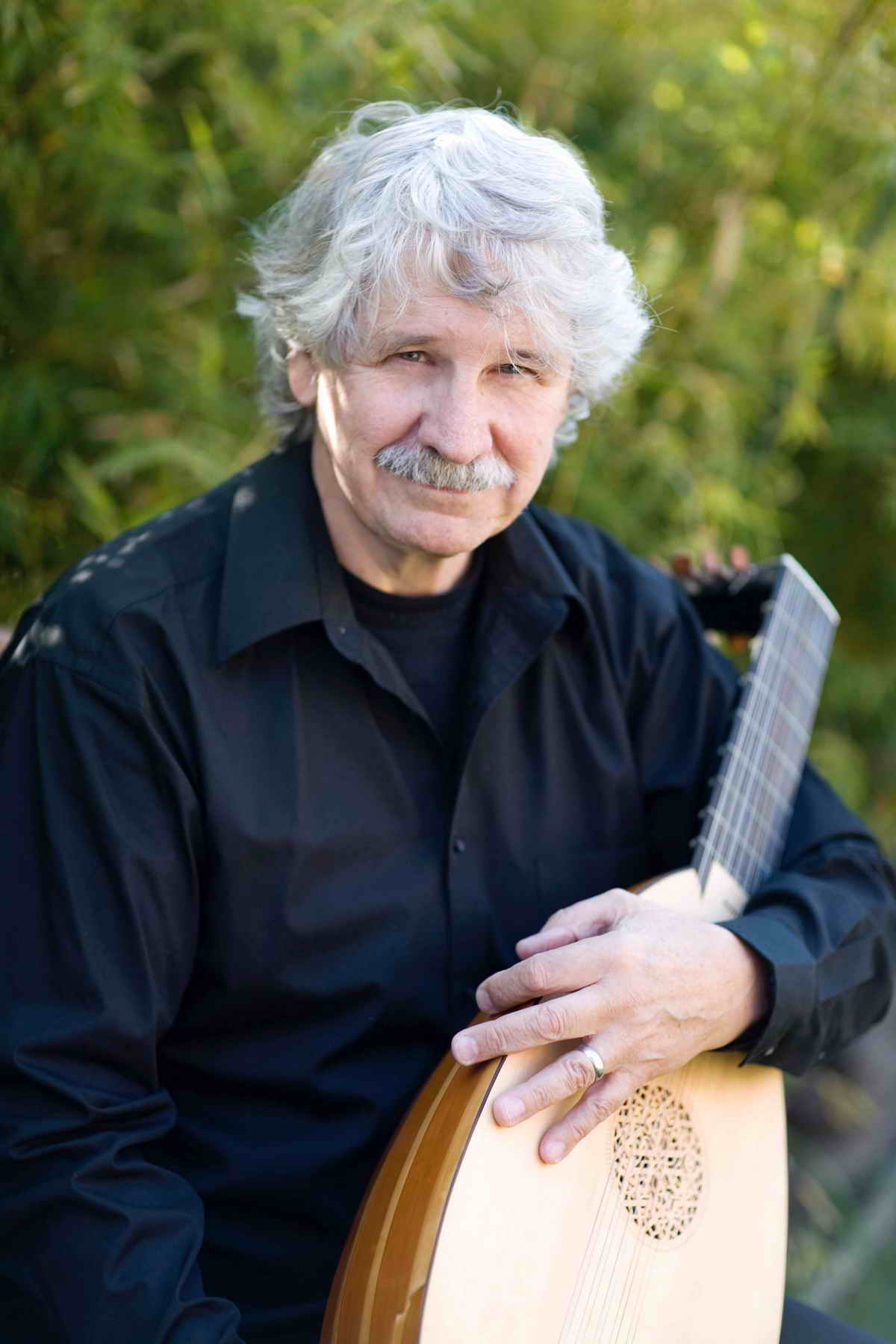However, performance for hire is permitted.

GO TO NEW SITE (wp.lutemusic.org)
Or BROWSE:
Contributions and Corrections Honor Roll ****************************** I hope you get and give a great deal of pleasure from playing these pieces! Sarge Gerbode